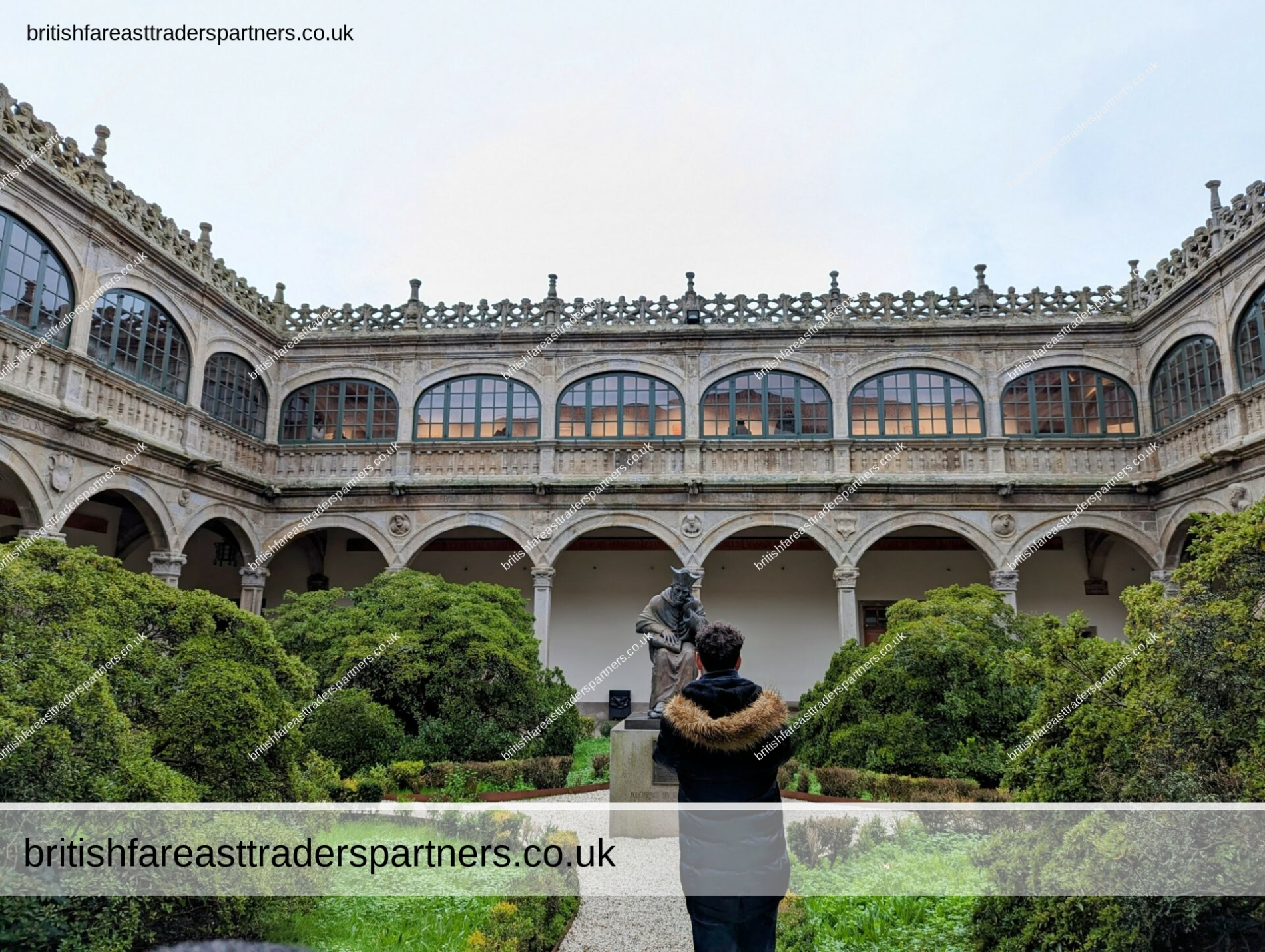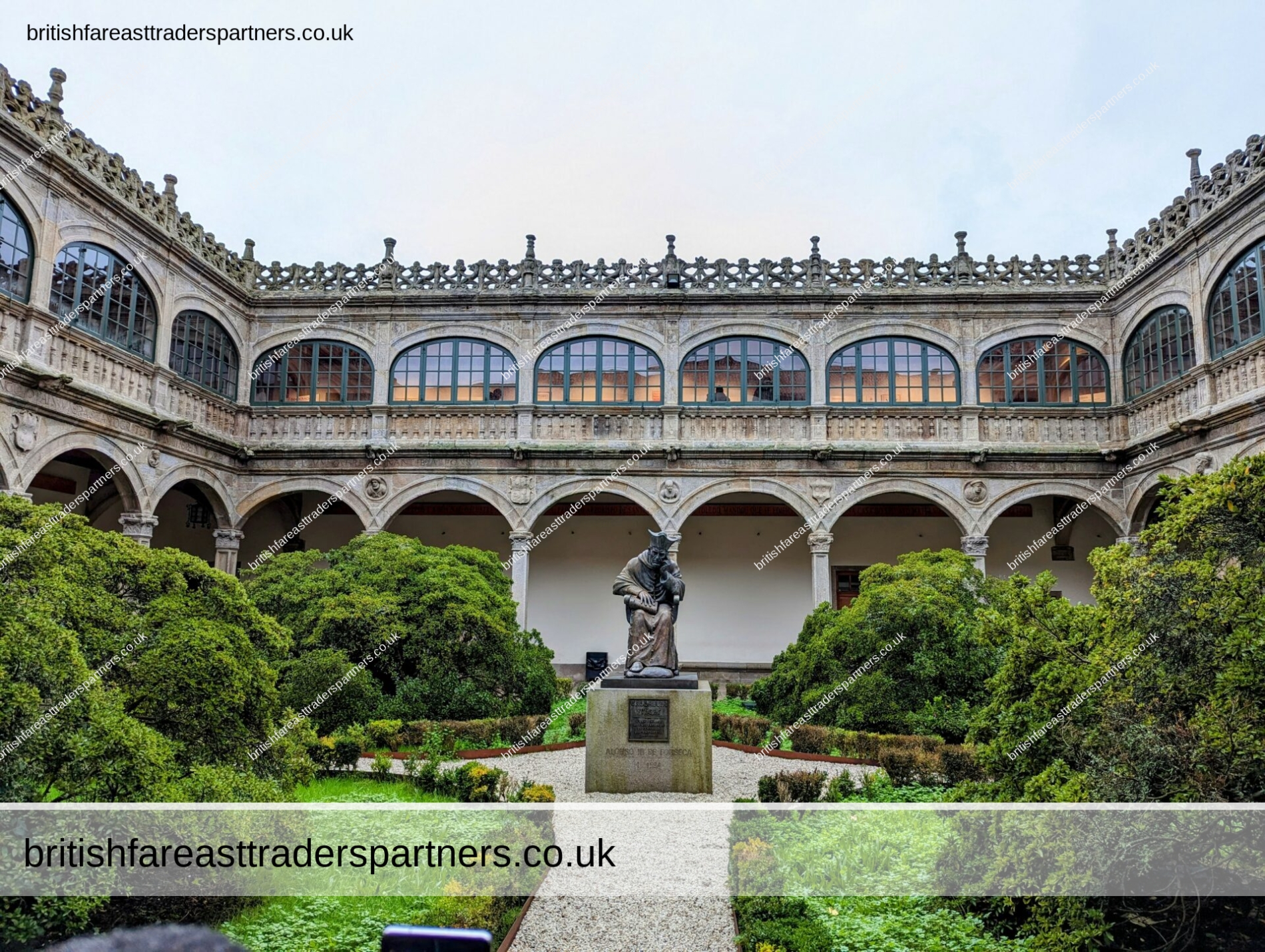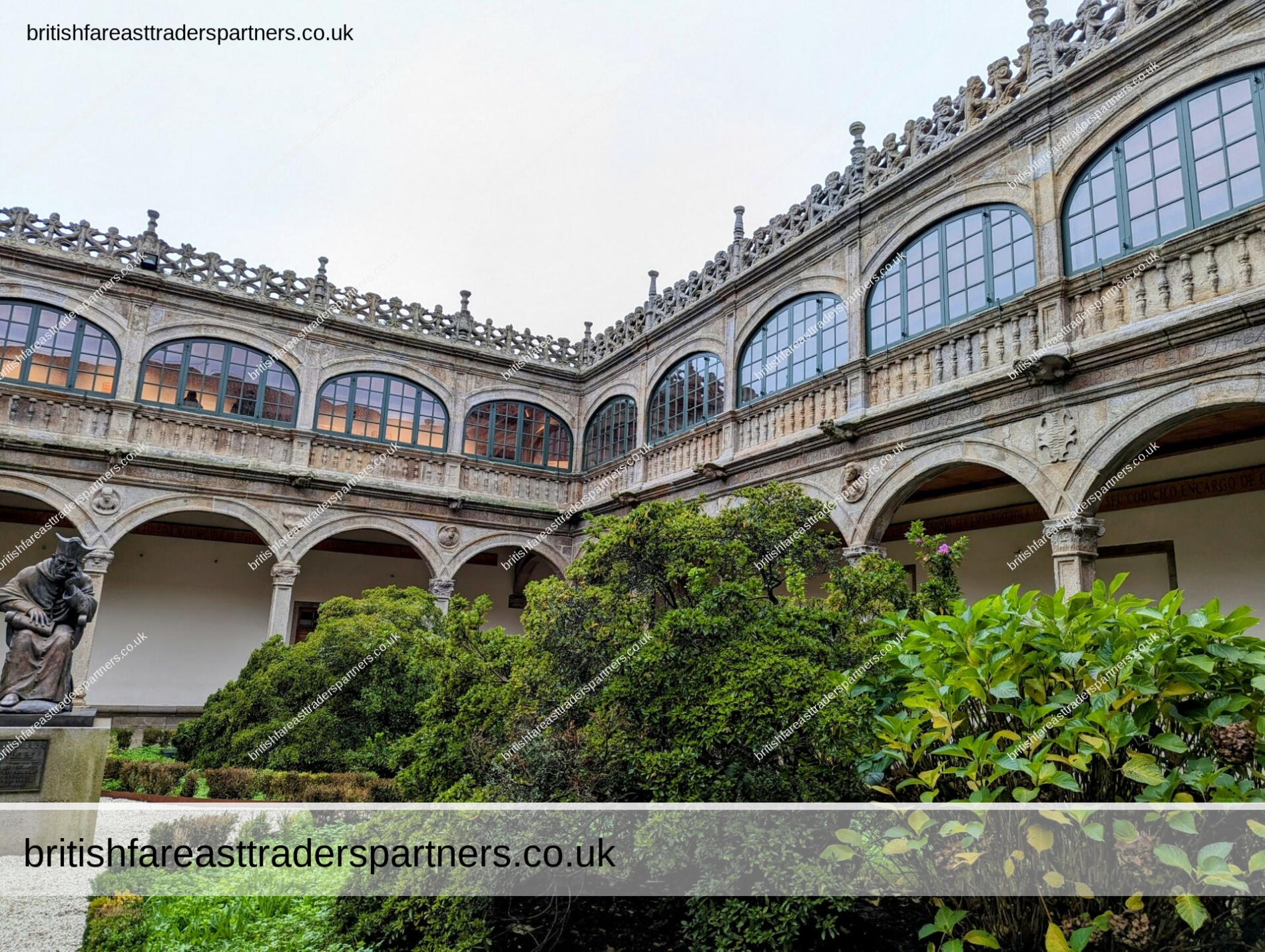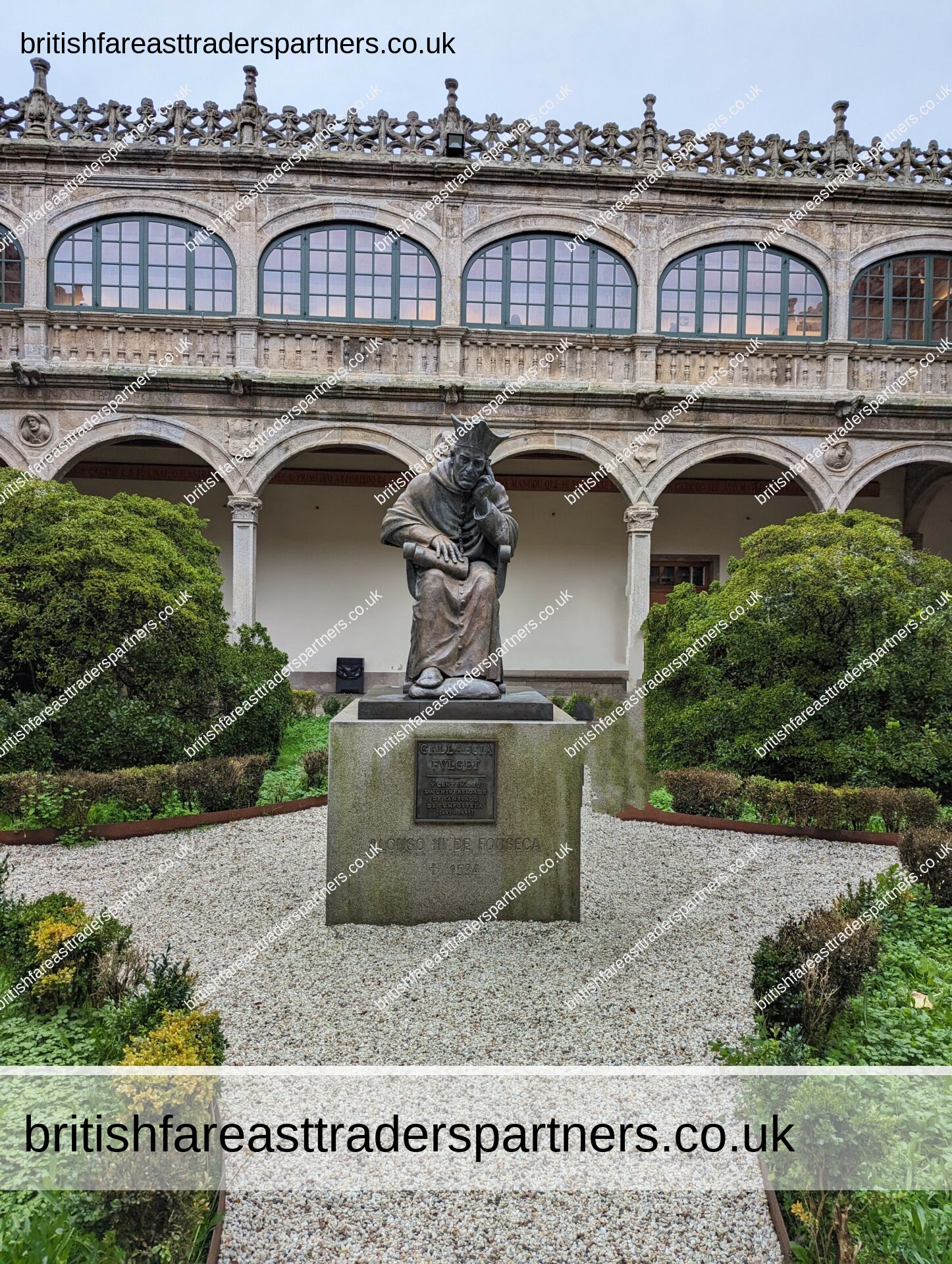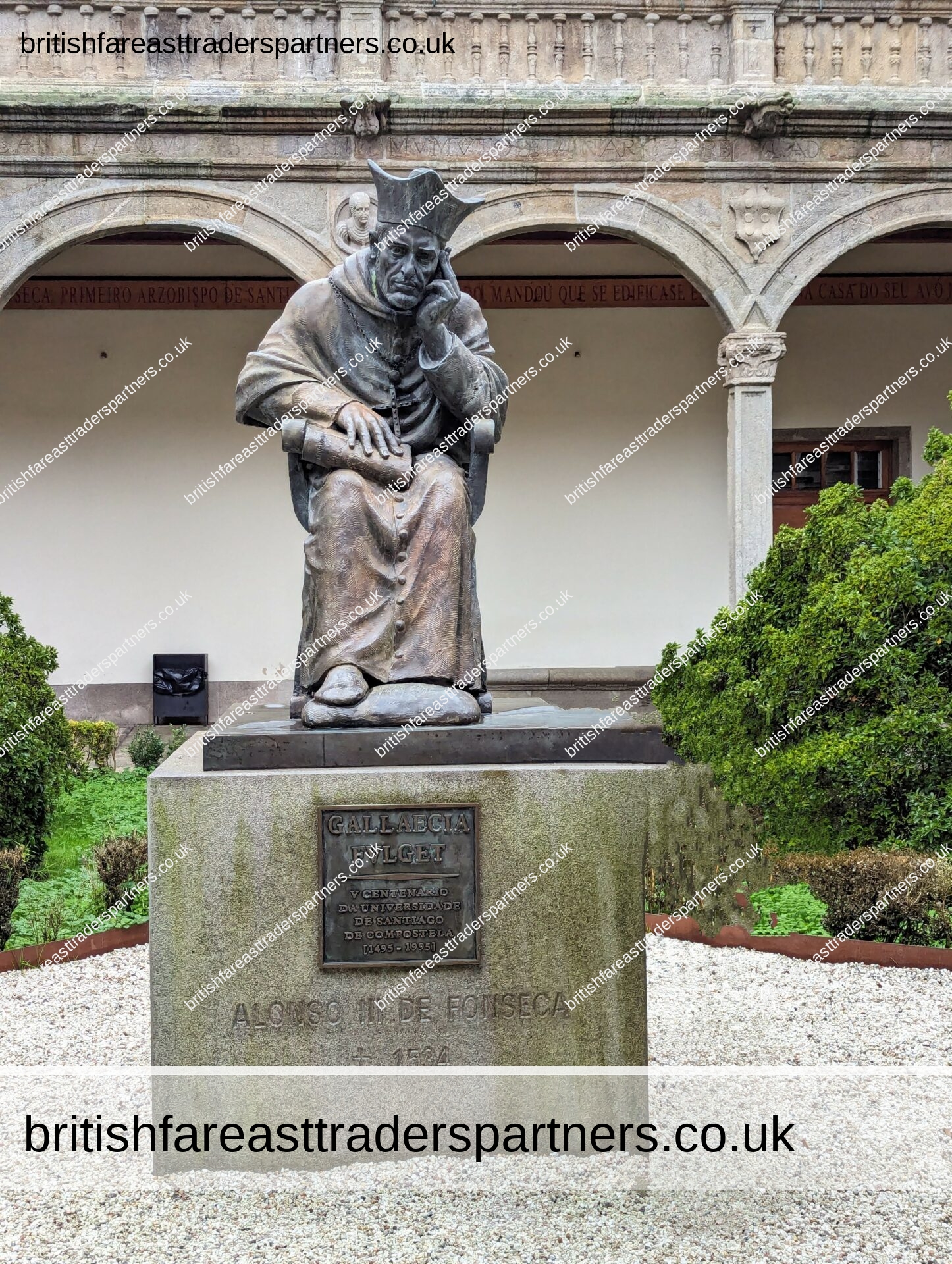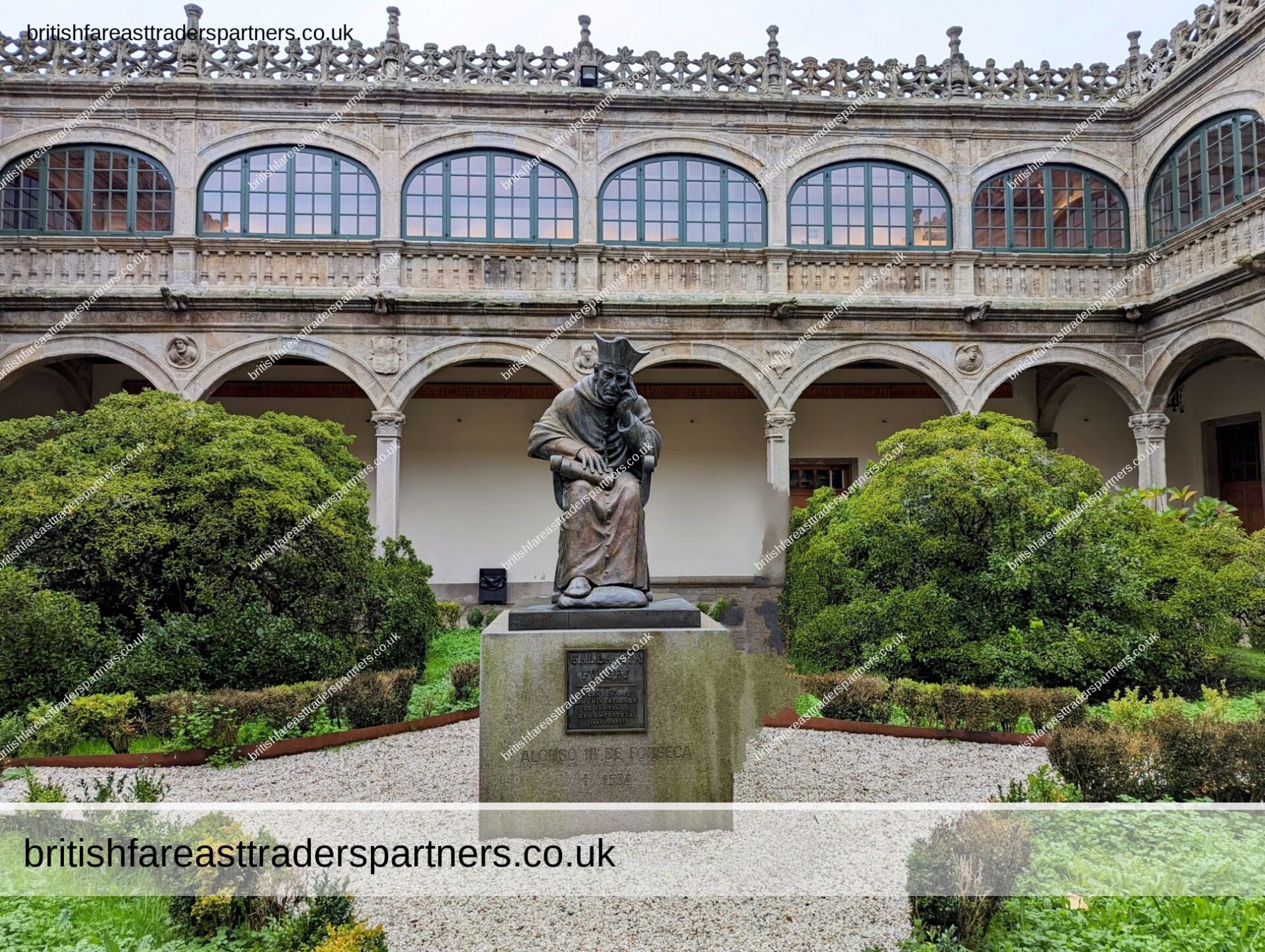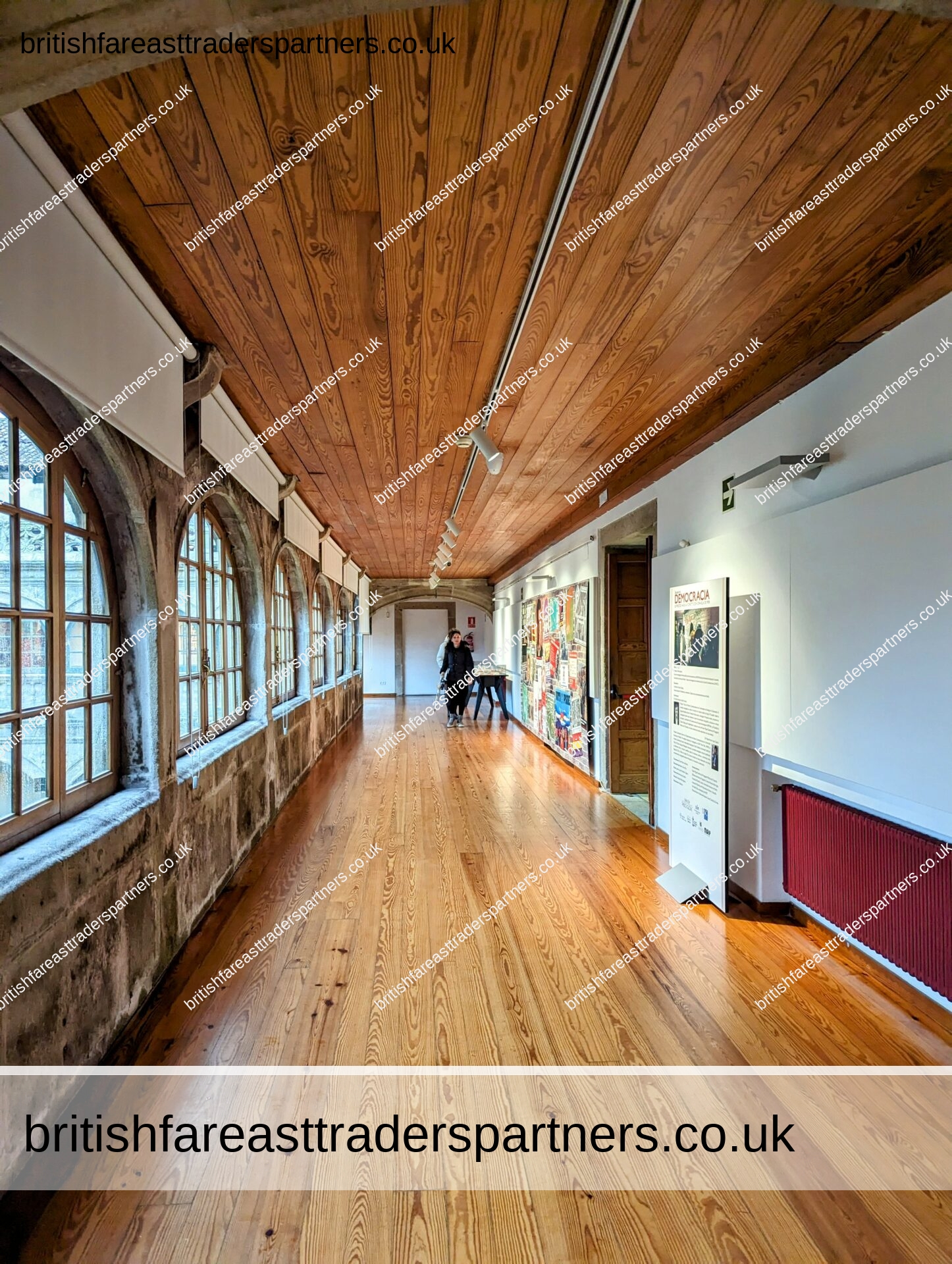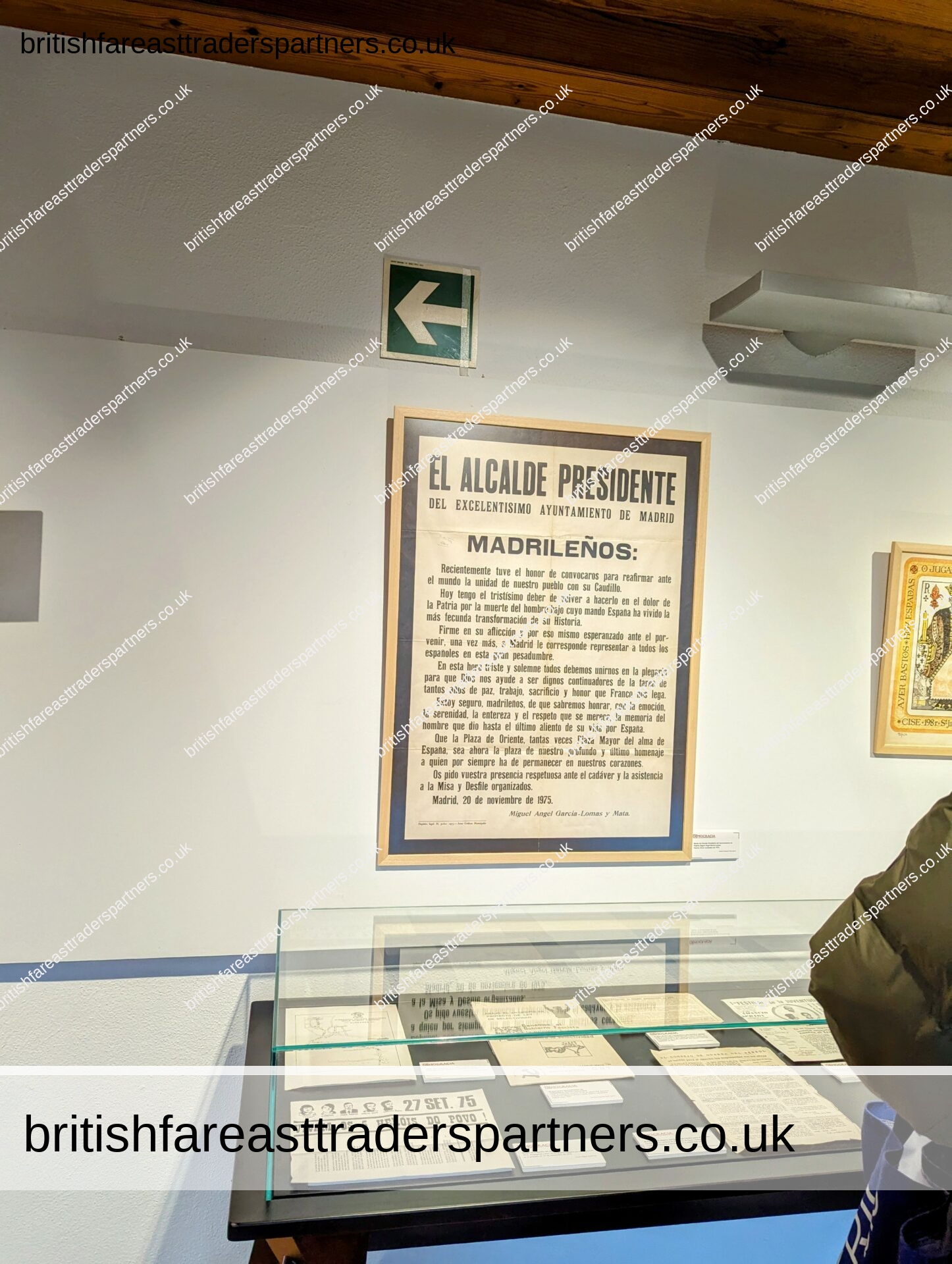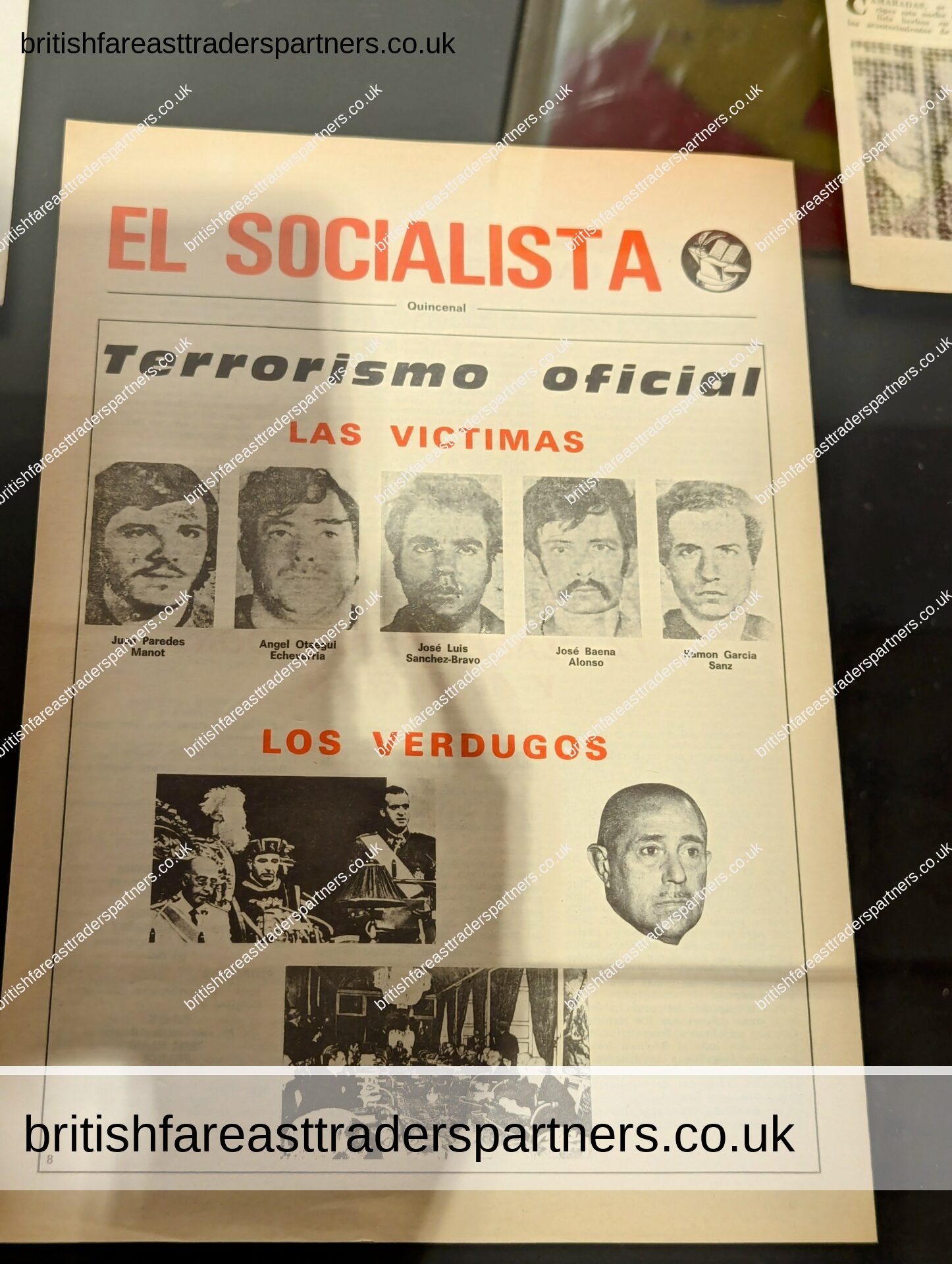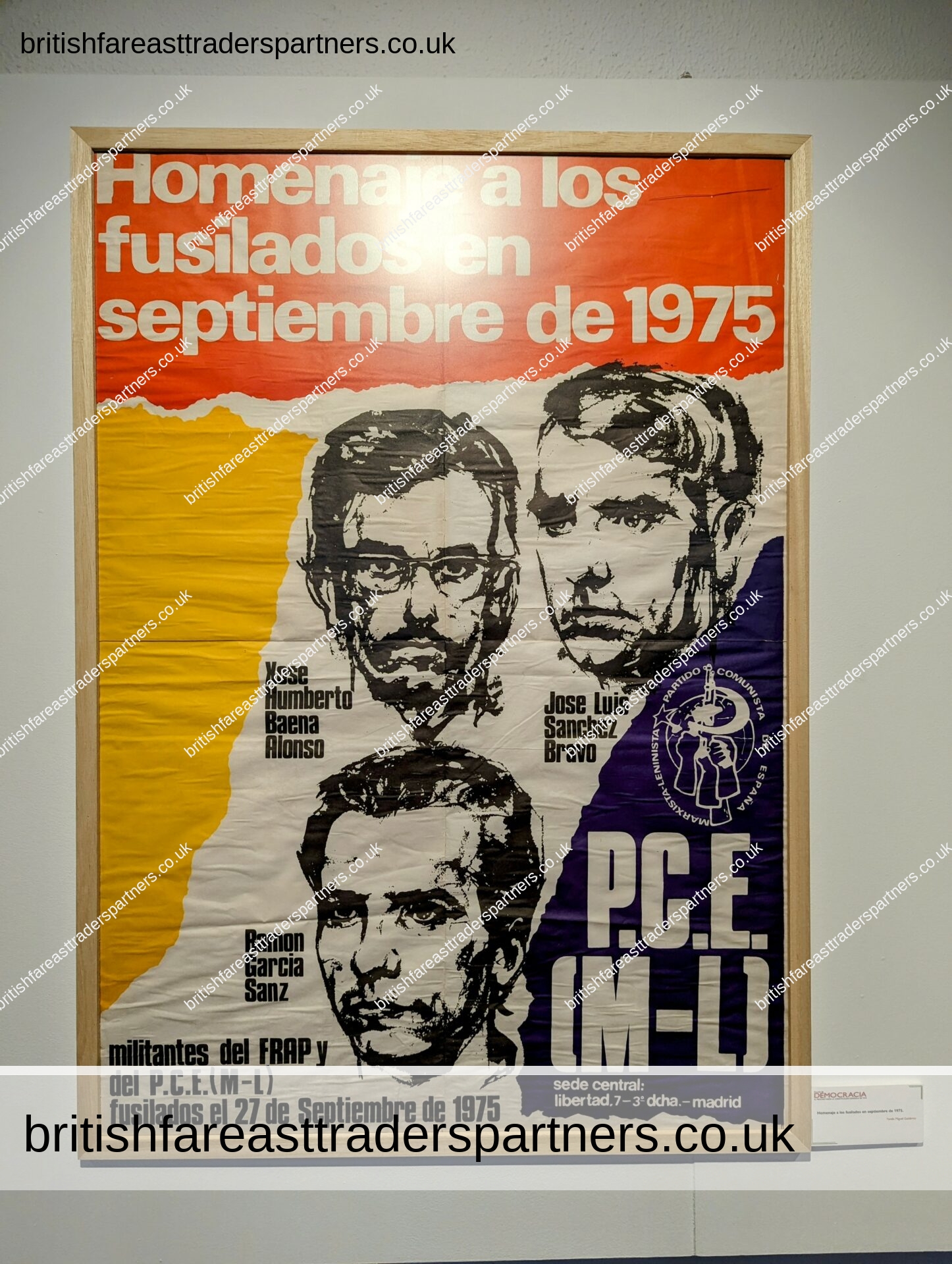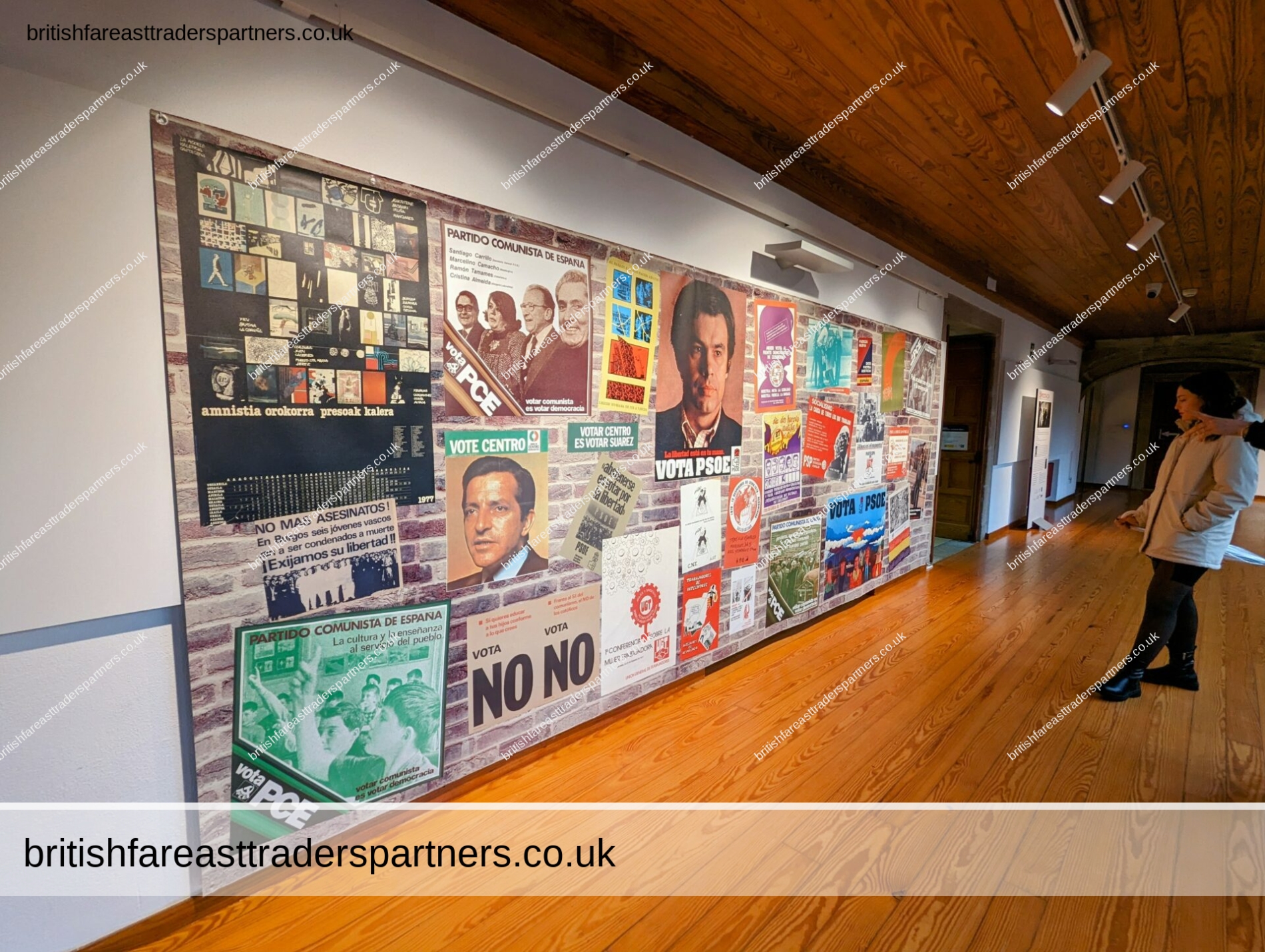Last Updated on: 26th January 2024, 07:02 pm
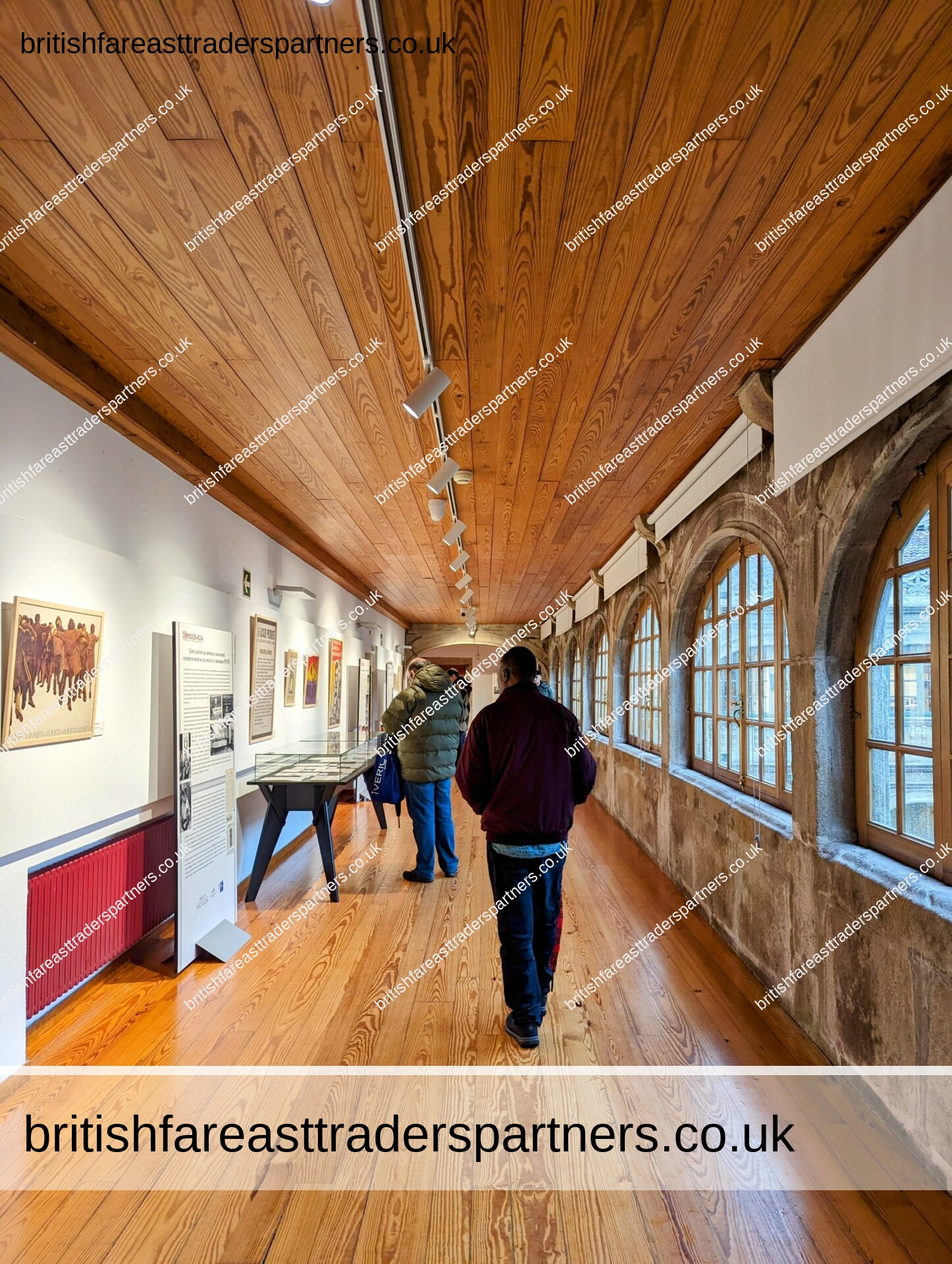
- britishfareasttraderspartners_admin
- ARCHITECTURE, CULTURE, ETHNOGRAPHIC, EUROPE / EUROPEAN, EVENTS, HERITAGE, HISTORY, HOBBIES / PASTIMES, INSPIRE ME, TRAVEL
- Architecture, Cruise, Europe / European, Exhibition, Heritage, History, Mediterranean, Santiago de Compostela, Spain / Spanish, Universidad de Santiago de Compostelaantiago
Exploring the Roots of Freedom: A Visit to the ‘School of Democracy’ Exhibition in Santiago de Compostela
Universidad de Santiago de Compostela
Nestled within the historic corridors of the Universidad de Santiago de Compostela stands a tribute to a towering figure of academia and faith—Alonso III de Fonseca. His statue, a silent sentinel to the university’s storied past, invites culture enthusiasts, avid travelers, and history buffs alike to step into a courtyard that is a tapestry of tranquility and grandeur.
As you wander through the cloistered sanctum, each stone and column whispers tales of the Renaissance, a time when art and scholarship flourished under the watchful eyes of patrons like Fonseca. The meticulously manicured gardens and precise hedges frame the pathways, leading visitors on a journey back in time.
This is more than a mere monument; it is a homage to the enduring legacy of education and the scholars who laid the foundations of what we know as the modern pursuit of knowledge. It’s a physical and symbolic crossroads where the pursuit of intellectual growth met the patronage of the Church.
The Universidad de Santiago de Compostela, a crucible of historical and cultural significance, provides the perfect backdrop for the “School of Democracy” exhibition. Here, the juxtaposition of the university’s grand architecture against the serene gardens offers a reflective space for pondering democracy’s journey through the ages.
This exhibition is not just a display; it’s an immersive experience that beckons to the heart of the curious traveler. It’s a narrative woven through the annals of time, beckoning to those who seek the roots of democratic thought and the essence of scholarly life.
So, pack your bags and set your sights on Santiago de Compostela. Embark on an enlightening escapade where history comes alive, culture is celebrated, and the tales of yesteryears are etched into the very fabric of the present.
School of Democracy Exhibition: The Process Towards the Spanish Constitution of 1978
The Spanish Constitution of 1978 holds an esteemed place in history, marking a pivotal shift as Spain emerged from the shadows of Francisco Franco’s dictatorship into the light of democratic governance. This transformative document was a product of consensus, bringing together diverse political ideologies from across the spectrum to lay down the foundation for a new era. It wasn’t just a legal framework; it was a symbol of unity and a collective leap of faith toward a future built on democratic principles.
With the establishment of a parliamentary monarchy, the constitution bridged the gap between Spain’s historical roots and its modern aspirations, balancing continuity with change. King Juan Carlos I, as the head of state, played an instrumental role in this transition, embodying the spirit of national reconciliation.
One of the constitution’s crowning achievements was the protection of civil liberties, a stark departure from the repressive norms of the Franco regime. It assured Spaniards the right to speak, gather, and organise freely, setting the stage for an open and vibrant civil society.
Acknowledging Spain’s rich tapestry of regional identities, the constitution laid the groundwork for the creation of autonomous communities. This recognition of local languages, cultures, and political ambitions was crucial for harmonising national unity with regional diversity, a move that helped to dissipate historical tensions and conflicts.
The ripple effects of Spain’s constitutional democracy extended beyond its borders, facilitating the country’s integration into the European community. Joining the European Economic Community bolstered Spain’s economic development and solidified its role in global affairs, showcasing the transformative power of democratic governance.
On the home front, the constitution catalysed social and economic modernisation, with sweeping reforms that touched every corner of Spanish life, from education and health care to infrastructure, propelling the nation into its current status as a modern European state.
Perhaps most importantly, Spain’s peaceful transition to democracy, crystallised by the 1978 Constitution, has served as an inspiring blueprint for countries around the world. It stands as a powerful reminder that even after a period of deep division and authoritarian rule, a nation can chart a new course through dialogue, compromise, and an unwavering commitment to democratic values. The legacy of the Spanish Constitution of 1978 continues to resonate as a beacon of hope for peaceful transformation and the enduring strength of democracy.
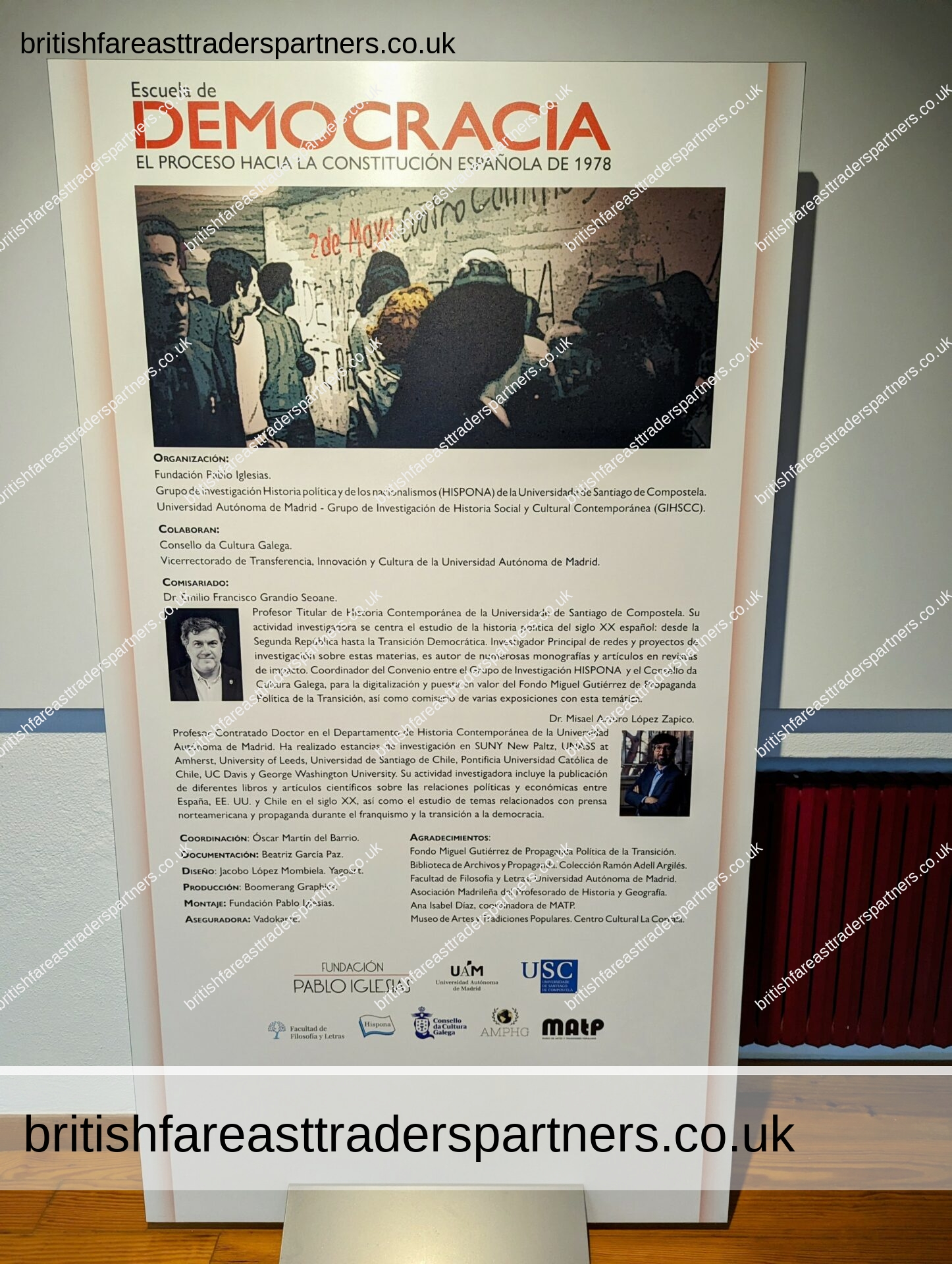

The Mayor President of the Excellent City Council of Madrid
Madrileños:
I recently had the honour of convening you to reaffirm before the world the unity of our people in their Caudille.
Today I have the very sad duty to do so in the country’s dollar for the death of the man whose command Spain has experienced the most fruitful transformation in history.
Firm in its affection for the same hope for the future, once again, Madrid is responsible for representing the Spanish sides in these sorrows.
In this sad and salemne tidus we must encourage ourselves in the plepa so that it helps us to be worthy continuers of the task of so many peace, work, sacrifice and honor that Frances bequeaths. I am sure, Madrid residents, that we will know how to honor, fost emoci serenity, the integrity and respect he deserves, the memory of hunger that until the last breath of sa vie for Espata.
May the Plaza de Oite so many times Greater of the soul of Spain is now the place of deepest teacher and last homage to those who will forever remain in our carazumes. I ask for your respectful presence before the corpse and attendance at the organized Mass and Parade.
Madrid, 20 December 1975.
Miguel Angel Garcia-Lomas y Mata
Le Socialista (Biweekly)
Official terrorism showing the victims and their executioners.
Victims: Juan Paredes Manot, Angel Otaogul Echevarris, Jose Luis Sanchez-Bravo, Jose Baona Alonso, and Ramon Garcia Sanz.
I will pay tribute to those shot in September 1975
- Xose Humberto Baena Alonso
- Ramon Garcia Sanz
- Jose Luis Sanchez Bravo
ARCTIC COMMUNIST
P.C.E.
Headquarters: Libertad, 7-3dcha.-Madrid
FRAP and P.C.E.(M-L) militants shot on September 27, 1975
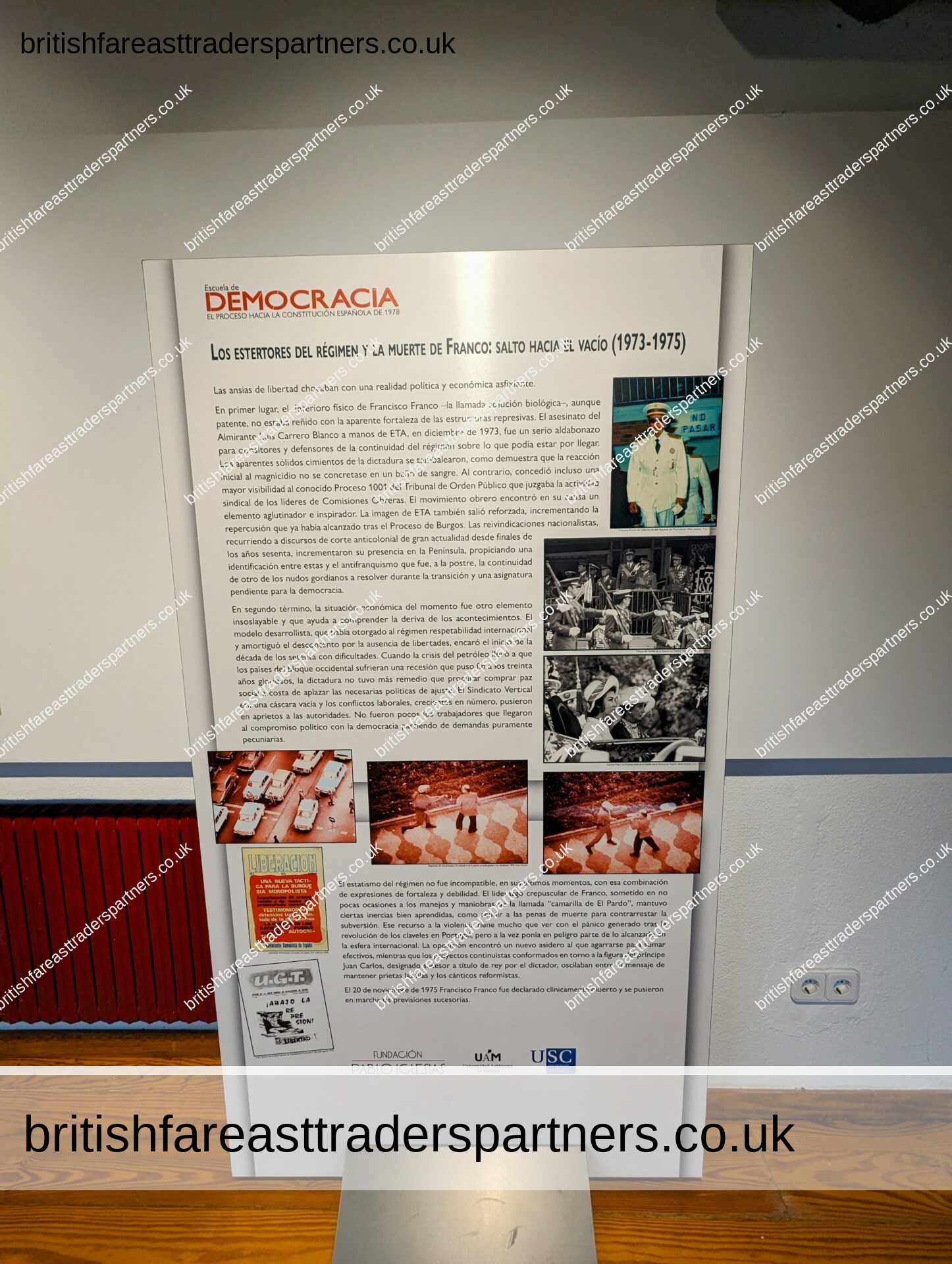

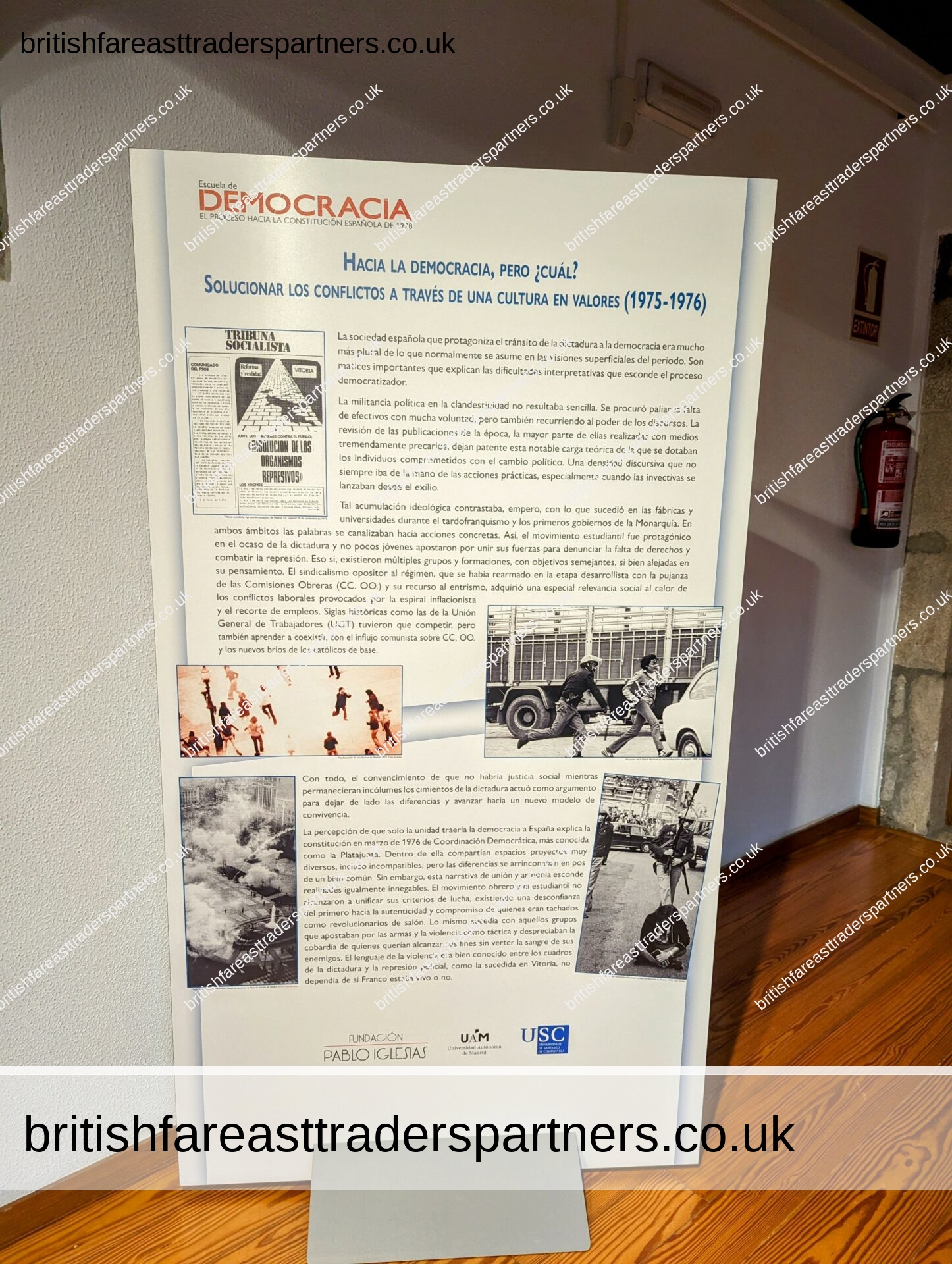
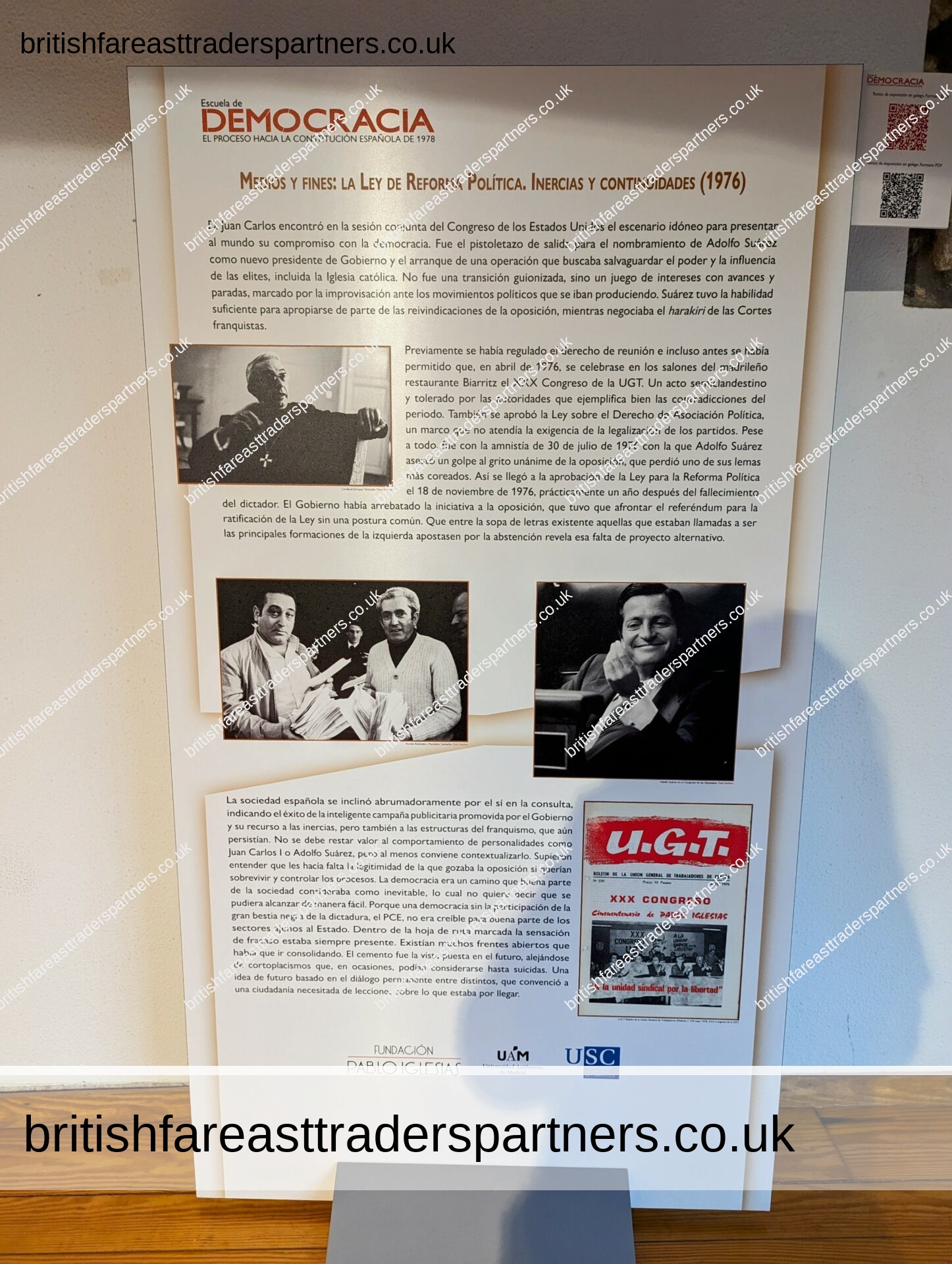
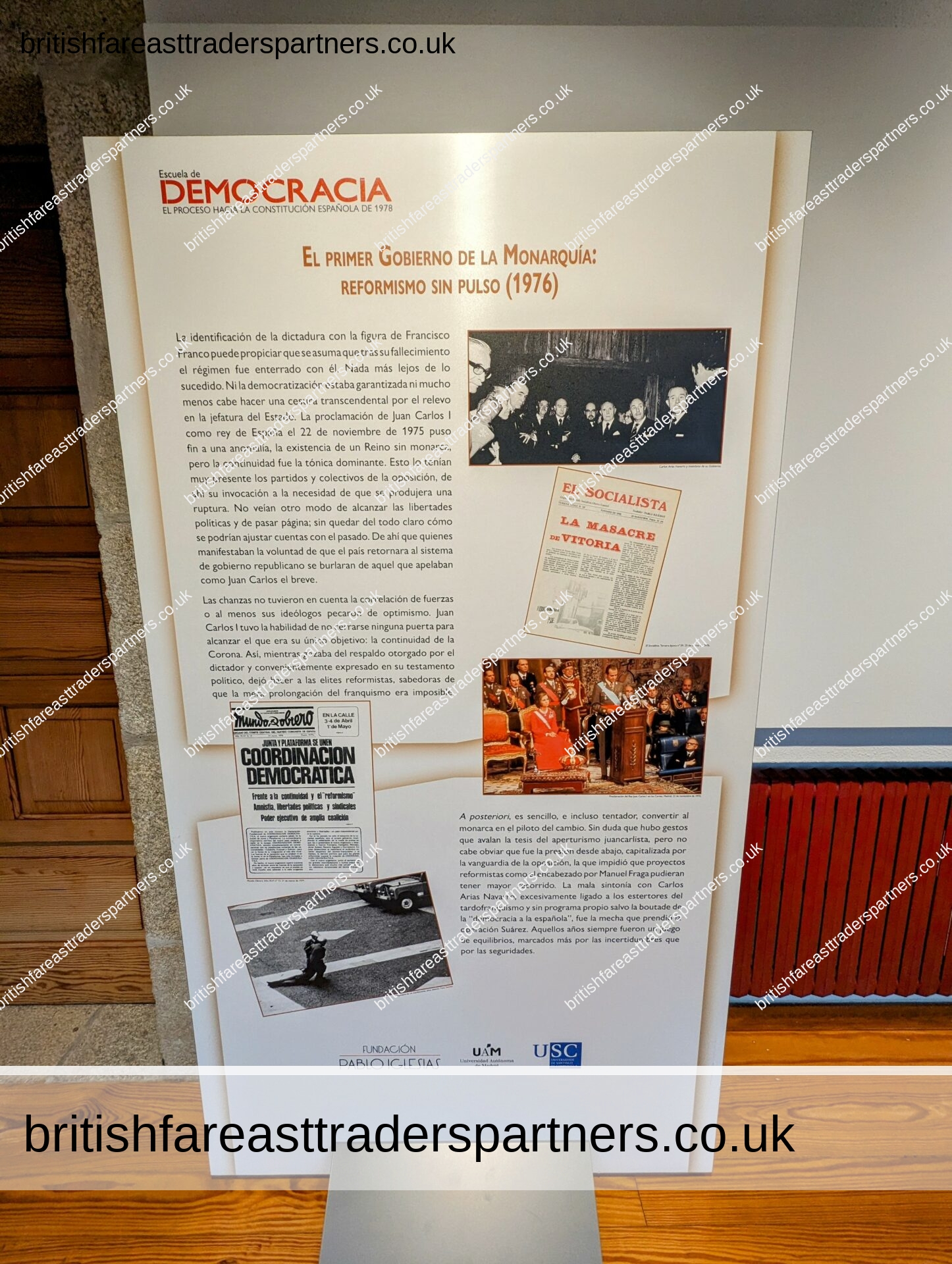
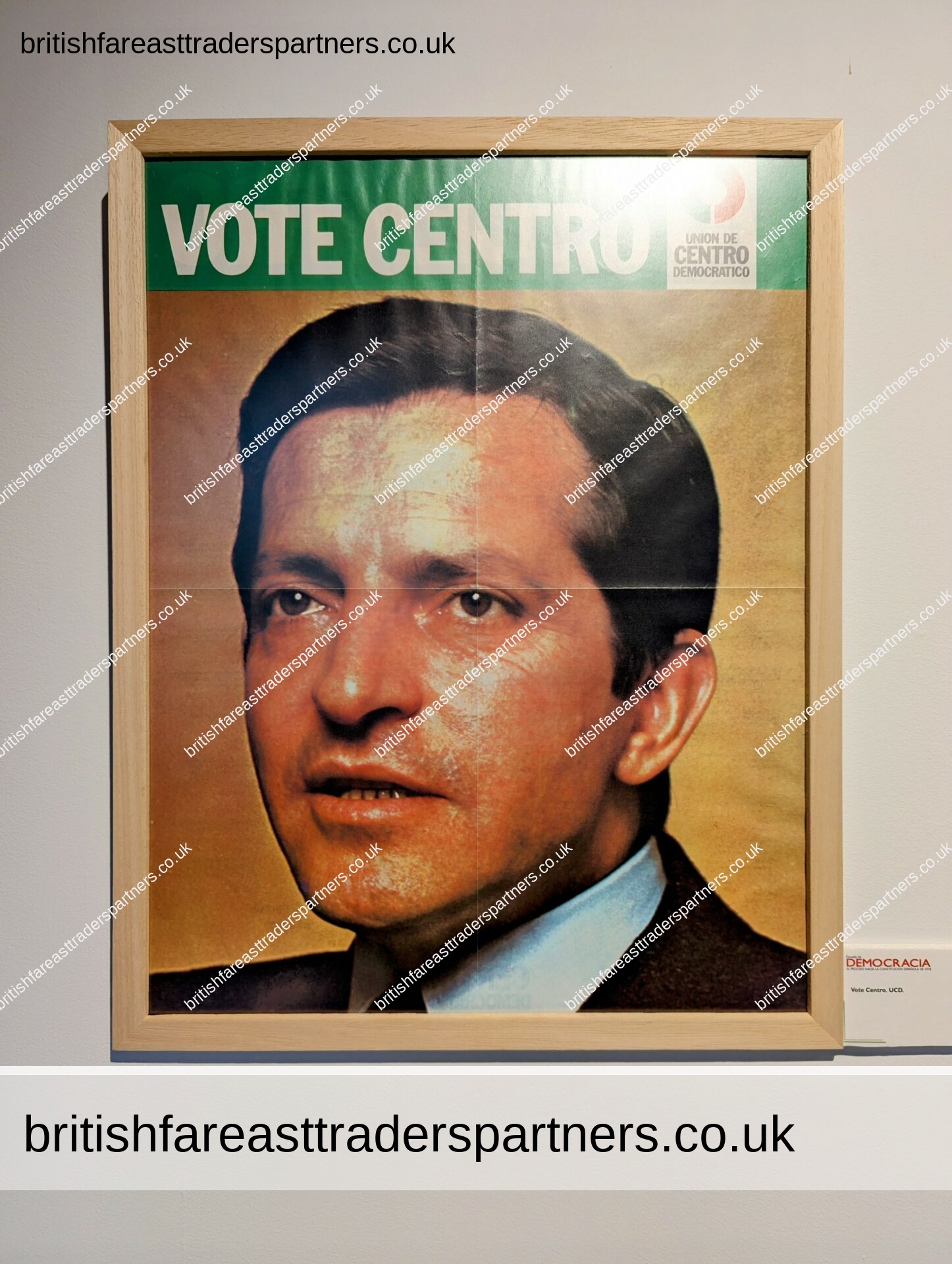

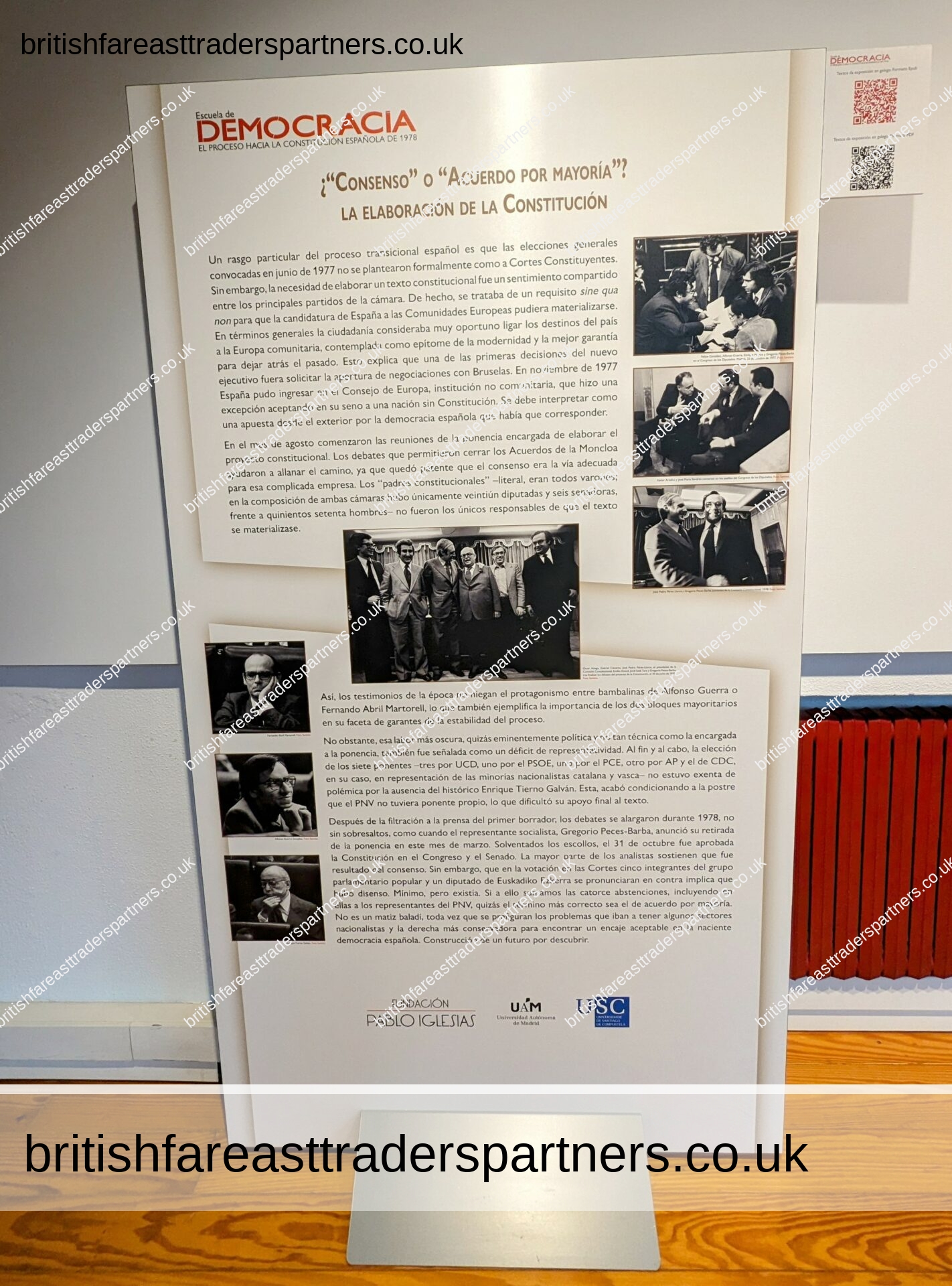
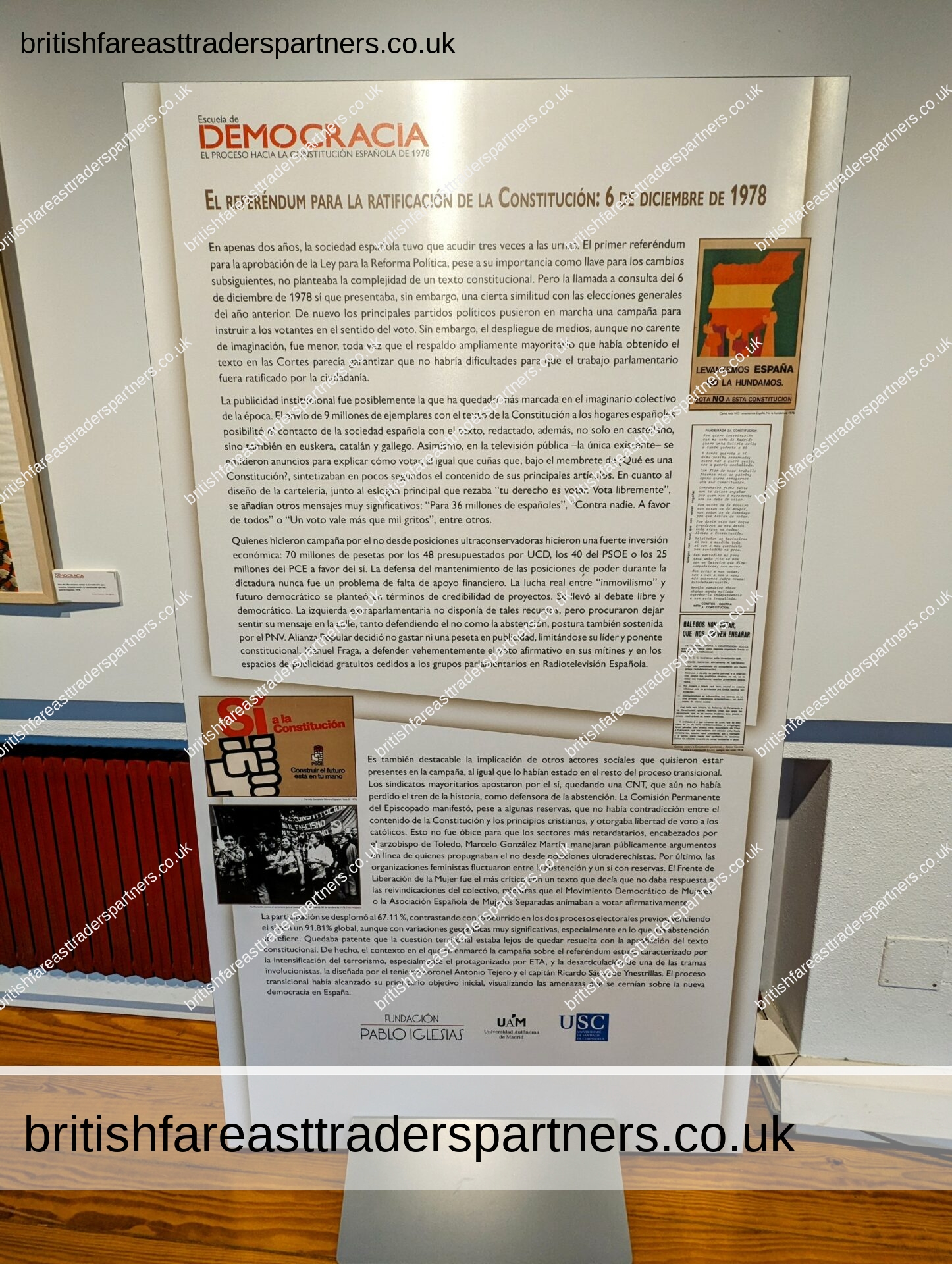
Related posts:
- MARITIME MUSEUM, BUCKLER’S HARD, HAMPSHIRE HALF MODEL OF “ILLUSTRIOUS” PITKIN PICTORIALS POSTCARD Collectables > Transportation Collectables > Nautical > Other Nautical MARITIME | HERITAGE | HISTORY MARITIME MUSEUM, BUCKLER’S HARD, HAMPSHIRE HALF...
- Vintage Delicate Spring Florals pattern Ceramic Creamer Charming vintage creamer with a delicate floral motif, perfect for...
- VINTAGE Daily Mail “A Century of Royals” Part Eight PRINCESS DIANA Magazine VINTAGE PRINCESS DIANA COLLECTABLE DAILY MAIL MAGAZINE "A CENTURY OF...
- VINTAGE 1978 Cycling First Day of Issue Post Office Picture Card – 1920’s Tourer Up for sale is a unique vintage 1978 Cycling First...
- A Lovely Selection of VINTAGE & ANTIQUES BIRTHDAY GREETINGS POSTCARD Here we showcase to you a Lovely Selection of VINTAGE...
- VINTAGE TUNISIA ROAD MAP with Descriptive Data ETHNIC / TRIBAL ART Front Cover Illustrated Map Impression Office de la Topographie et de la Cartographie HISTORICAL / CULTURAL / ETHNOGRAPHIA RESEARCH STUDIES / DECOR / HOLIDAY / TOUR IDEAS SHOP FROM OUR ONLINE SHOP! Click Here SHOP WITH...
- 2005 P&O CRUISES MANAUS (BRAZIL) PORT GUIDE LEAFLET 2005 MANAUS (BRAZIL) PORT GUIDE P & O CRUISES P&O...
- VINTAGE 1950 “THE LORD MAYOR SIR FREDERICK ROWLAND” SAVOY HOTEL LONDON Programme VINTAGE 1950 PROGRAMME "A LUNCHEON IN HONOUR OF THE RIGHT...
- VINTAGE “SAILING BOATS AT SEA” PAINTING ON CANVAS Signed RENE VINTAGE SAILING BOATS AT SEA PAINTING BOATS | MARITIME |...
- VINTAGE JULY 2 1971 PHILIPPINE LONG DISTANCE TELEPHONE COMPANY HOLDERS: SAM SPERLING & MRS. LEANORE SPERLING (AS JOINT TENANTS WITH RIGHT OF SURVIVORSHIP AND NOT AS TENANTS IN COMMON) REGISTERED BY: MARINE MIDLANDB BANK, NEW YOR COUNTERSIGNED: IRVING TRUST COMPANY 100 SHARES FRANKLIN LEE DIVISION – AMERICAN BANK NOTE CO. COLLECTABLE DOCUMENTS | SHARE CERTIFICATES | WORLD | SCRIPOPHILY | BUSINESS | INVESTMENTS VINTAGE JULY 2 1971 PHILIPPINE LONG DISTANCE...

